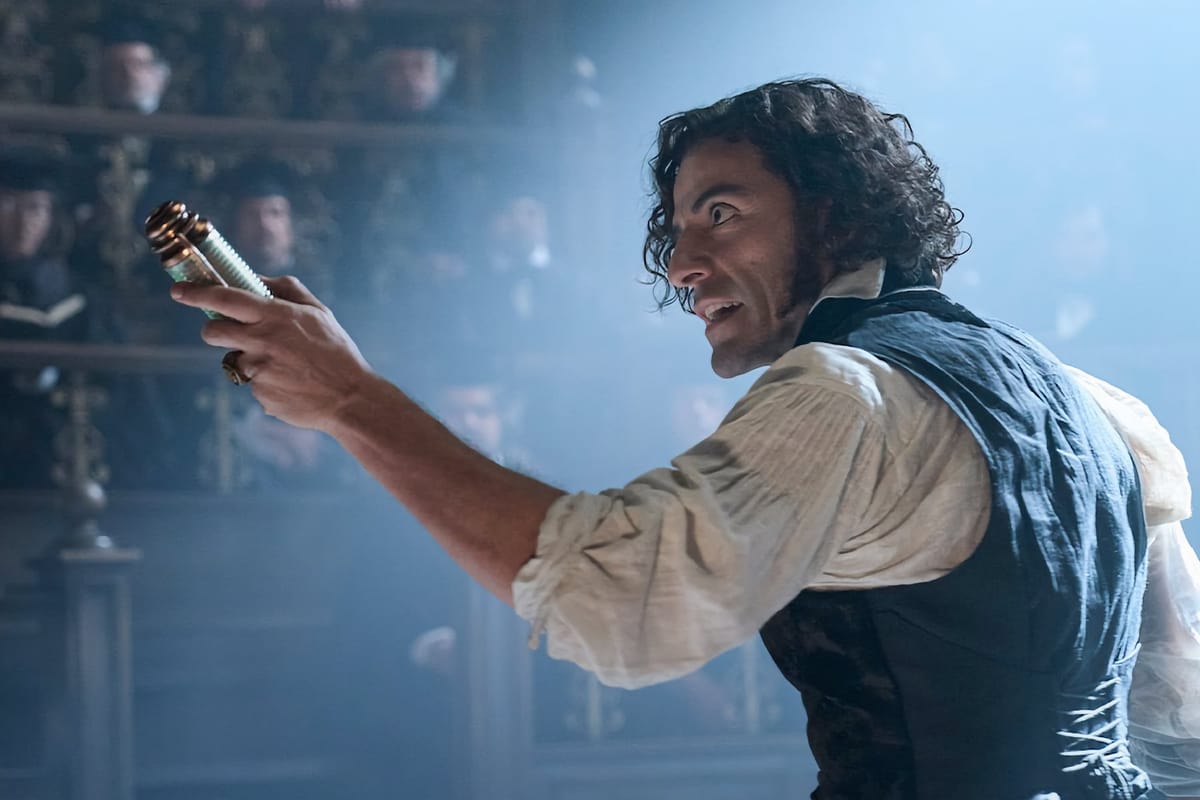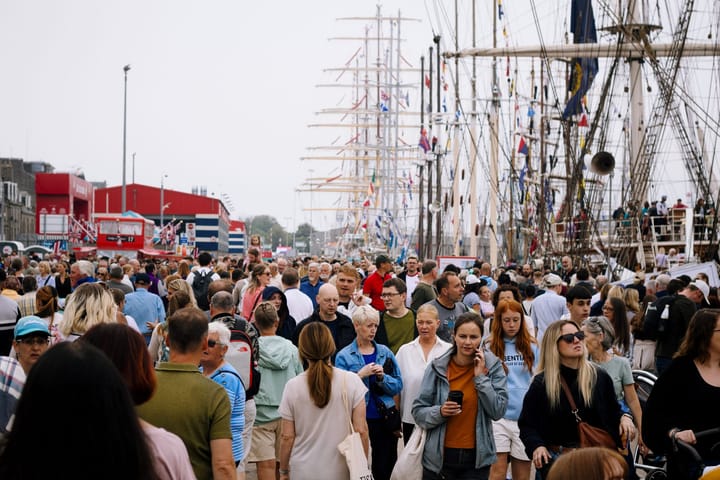Dr Kathryn Harkup explores the shocking Georgian experiments that made Shelley’s novel possible.
After Netflix cameras rolled across north-east Scotland this summer for the new Guillermo del Toro Frankenstein adaptation, the University of Aberdeen is examining the actual science that convinced Mary Shelley her monster could exist.
On 19 November, science communicator Dr Kathryn Harkup will guide audiences through the real experiments that filled Georgian newspapers in the years preceding Shelley’s publication of her novel in 1818. Electrical experiments on executed criminals, attempts at reanimation, and surgical procedures that would never pass a modern ethics committee.
Would you like to see your message here? Let's talk.
POST highlights Aberdeen’s creative scene, from theatre and music to visual arts. We focus on showcasing the city’s unique talent and supporting local voices.
Through stories, artist profiles, and event coverage, we’re here to share what makes Aberdeen vibrant. Sign up for free or support us and go ad-free for just £3 a month.
What Shelley was reading
The decades leading up to 1818 saw extraordinary advances in understanding electricity and human physiology, often demonstrated through public spectacles. These weren’t underground practices. Newspapers carried lurid accounts of resurrectionists and experimental surgery, debated in salons and documented in scientific journals.
Harkup’s talk, part of Book Week Scotland, will detail the specific scientists and their work, including experiments on cadavers, attempts to create artificial life, and the murky overlap between medical advancement and grave-robbing that fueled public fascination and moral panic in equal measure.
Why it still matters
Shelley’s questions about the ethics of creating life, about whether we should do something simply because we can, remain uncomfortably current. Advances in genetic engineering and AI have made her 1818 concerns more pressing rather than less.
“The novel demonstrates Shelley’s fantastic breadth of knowledge not just about science but the ethics and morals of scientific pursuits,” says Harkup.
The free event takes place in the Sir Duncan Rice Library, where you can also visit the university’s Fear & Fascination exhibition on the ground floor. It brings together rare Gothic texts from the 18th and 19th centuries, with an immersive creative space and a Victorian-style reading room.
Making the Monster: Frankenstein runs from 6.30pm to 7.30pm on 19 November at the Sir Duncan Rice Library, Bedford Road. Places are free but need to be reserved in advance.






